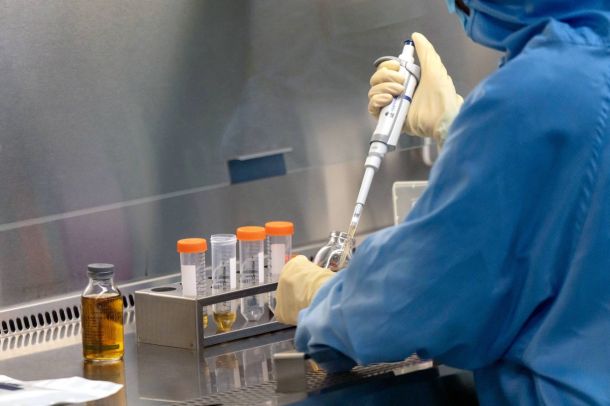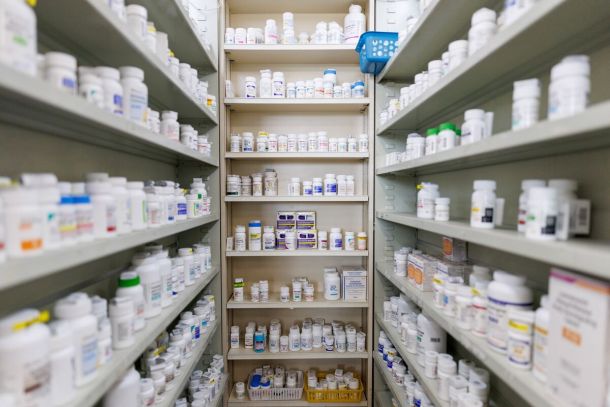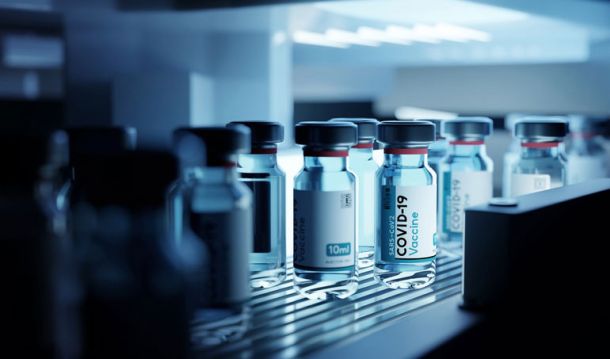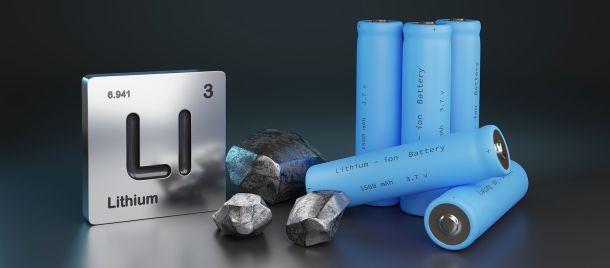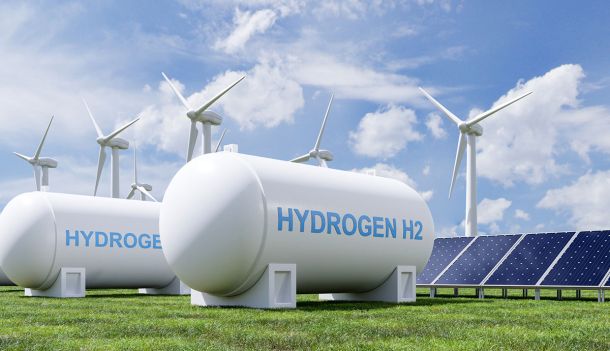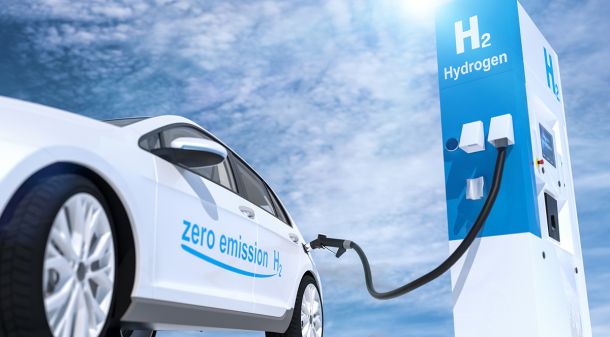INCONCRETO NEWS
Big Pharma’s Bets: Where the Industry is Putting its Money — US, EU and China Compared
The world’s largest pharmaceutical companies are quietly—and sometimes loudly—choosing sides. Not in a geopolitical war of banners, but in a pragmatic contest for capital, talent, regulatory advantage and market access. Over the last two years, investment flows show three different but overlapping plays: doubling down in the United States, defending and reshaping European R&D and production, and engaging China both as a market and a source of innovation. The result is not just competition for sales, but a race for capabilities that will determine who controls tomorrow’s critical medicines.
To accelerate progress in the push for global healthcare equity, companies must ensure their strategies for expanding access cover more products and include a wider range of countries – specifically lower-income countries, where populations remain consistently overlooked. Using the recommendations set out in the 2024 Access to Medicine Index, as well as the tailored ‘Opportunities’ identified for each individual company in their respective Report Cards, companies can now take decisive action to accelerate their efforts and work towards closing persistent access gaps.
The U.S.: the Cash-Engine and Homeground for Scale-Up
For global pharma, the United States is still the center of gravity. The US accounted for a dominant share of new-medicine sales and remains the largest single market attractive to investors. In response to political pressure and trade rhetoric, many large firms have increased commitments to U.S. manufacturing and R&D—announcements in 2024–25 show multi-billion-dollar plans to expand capacity on American soil. Those moves are shaped by incentives, fears of tariffs or punitive measures, and the sheer size of the U.S. market. EFPIA (The European Federation of Pharmaceutical Industries and Associations).2
Why it matters: locating production and clinical programs in the U.S. helps companies speed launches, capture premium pricing, and reassure U.S. payers and policymakers. It also allows faster access to capital markets and to venture and biotech ecosystems that feed deal flow.
The US as the Center of Gravity:
- Largest Market: The U.S. is the largest single global pharmaceutical market, accounting for the majority of worldwide sales, making it a prime target for investors.
- High Prices: High prescription drug prices in the U.S. contribute to its significant market share and attract investment, as they are considerably higher than in other developed countries.
- Investor Attraction: The U.S. market’s size and potential for high returns make it highly attractive to pharmaceutical investors.
Factors Driving U.S. Investment
- Political Pressure: U.S. political pressure on pharmaceutical companies to increase domestic manufacturing and R&D has led to significant investments in American facilities.
- Trade Rhetoric: The threat of tariffs and other punitive trade measures from the U.S. has prompted companies to commit to expanding their American presence.
- Incentives: Governments and local authorities offer various incentives to attract and retain pharmaceutical manufacturing and R&D within the United States.
- Market Size: The vast size of the U.S. market provides a compelling reason for global companies to invest in expanding their capacity there to serve it effectively.
Europe: Heavy R&D Roots Under Pressure
Europe retains a deep bench of scientific capacity and industrial expertise. The pharmaceutical sector remains one of Europe’s largest R&D investors: in 2024 the industry invested tens of billions in R&D across the EU. But the European landscape is complex—fragmented pricing, different national procurement rules, and slower uptake for new products all weigh on the business case for investment. As a result, some firms have signalled frustration and shifted certain strategic investments toward more consolidated or more lucrative jurisdictions, while still keeping substantial R&D footprints in Europe. EFPIA’s annual Pharmaceutical Industry in Figures3
Europe’s dense clinical networks, academic talent and manufacturing know-how are irreplaceable—yet policy choices (pricing frameworks, incentives, procurement) will determine whether innovation and production stay competitive here.
The Scale of Investment: R&D, Manufacturing and Supply Chains
- Export strength:4 In 2024, EU exports of pharmaceuticals and medicinal products were up 13.5% versus 2023, reaching €313.4 billion, with extra-EU imports barely increasing. This left the EU with a trade surplus in this sector of about €193.6 billion. Major exporters are Germany, Ireland, and Belgium.
- Manufacturing expansions:5 Examples include Novo Nordisk’s multibillion-euro expansion of its facility in Kalundborg, Denmark (~€2.1B), plus enlargements in France; also, CDMO (contract development/contract manufacturing organization) firms like CordenPharma investing over €500 million for a greenfield peptide facility in Switzerland.
- Focus on key areas:6 Investment is especially strong in peptides, biologics, and API (active pharmaceutical ingredient) capacity; also in facilities with modern technology (automation, flexibility, GMP compliance) and in pharmaceutical packaging/manufacturing efficiency.
Regulatory & Policy Incentives — What’s Pushing Money In
- Pharma Package:7 The EU’s recent “Pharma package” (Council and European Parliament legislation) aims to make the pharmaceutical sector fairer and more competitive. Key measures include strengthening data protection for innovative medicines, encouraging companies to launch in all member states, and offering additional market exclusivity for medicines that address unmet medical needs.
- SPC Manufacturing Waiver & Competition Policy:8 The EU is discussing an SPC (Supplementary Protection Certificate) manufacturing waiver. If passed, it could generate ~20,000 to 25,000 additional manufacturing jobs by 2025, increase EU pharma sales by €7.3–€9.5 billion, and improve competition (lower costs of generics & biosimilars).
- InvestEU & targeted financing:9Biotech and innovative companies are benefiting from EU-backed financing. For example, Zealand Pharma (Denmark) got €90 million from the European Investment Bank via InvestEU to advance its R&D pipeline in obesity, rare diseases and chronic inflammation.
China: from Manufacturing Copycat to Innovation Partner
China is no longer only a low-cost manufacturing base. Over the past five years, its biotech and pharma ecosystem has matured fast: domestic companies have increased out-licensing deals, attracted global partnerships, and moved toward higher-value biologics and innovative drug discovery. Western firms increasingly license Chinese assets and co-develop locally discovered candidates, recognizing both scientific progress and the market potential of China’s large patient base. Chemical & Engineering News.10
Why it matters: China provides both capacity and new molecules. Partnerships with Chinese biotech can accelerate pipelines, but they also raise strategic questions—intellectual property management, regulatory alignment, and geopolitical risk. China is no longer just a low-cost producer; it’s becoming a global source of pharma innovation.
Explosion of licensing deals:
In 2024, Chinese biotech licensing agreements hit a record US$41.5 billion, with a strong focus on oncology and advanced biologics (The Economic Times, deal in 2024.)11 Novartis, for example, struck a US$5.2B siRNA deal with Argo Biopharma (Reuters, September 2025.)12
Major R&D investments in China:
AstraZeneca announced a US$2.5B global R&D hub in Beijing, highlighting China’s importance as an innovation center (Reuters, March 2025.)13 Lower costs, large clinical trial populations, and recent regulatory reforms are making China more attractive.
Chinese biotech on the rise:
Local firms like Hengrui Pharma raised US$1.27B via IPO, and are competing in obesity drugs and immunology (SinoDrugWatch August 2025.)14 Their innovation pipeline is increasingly competing with global leaders.
Global partnerships deepening:
Merck signed a US$2B licensing deal with Hengrui (Reuters, March 2025)15, while GSK is collaborating with Chinese firms in immunology and respiratory. Innovent’s obesity drug “Xinermei” is directly challenging Novo Nordisk and Lilly in the Chinese market (Reuters, September 2025.)16
What this means for Europe, the U.S. and China
- For Europe: maintaining competitiveness requires targeted incentives—public procurement strategies that reward innovation, stronger public-private partnerships, and attractive frameworks for manufacturing investment. Europe’s R&D base is strong, but conversion to large-scale industrial projects depends on clearer, long-term industrial policy.
- For the United States: the current trend consolidates its role as the go-to place for scale and commercialization. Continued incentives and predictable regulation will keep investment flowing, but political rhetoric can introduce volatility.Forbes (July 25).17
- For China: its biotech ascent presents opportunities for Western firms and risks for strategic autonomy. Collaboration can accelerate drug discovery—but firms and governments must negotiate IP, regulatory harmonization and supply-chain resilience. China’s biotech industry is on the rise (September 25)18
Numbers and geopolitics matter, but the industry ultimately moves because of patients and clinicians. Investment patterns affect where trials happen, which hospitals gain expertise, and who gets early access to innovations. Policymakers and industry leaders should therefore design incentives that align commercial sustainability with broad patient access.
Big Pharma is not abandoning any region; it is reallocating investments with a clearer view of risk, performance and policy. The U.S. is the scale play. Europe must turn policy credibility into industrial projects. China has evolved into a hybrid partner-market. The firms that will succeed combine localized manufacturing, smarter external sourcing, and nimble policy engagement—while remembering that the core objective must be better, more accessible medicines.
INCONCRETO’s Strategic Vision
Big Pharma’s shifting investments remind us that innovation is not neutral — it follows incentives, regulation, and trust. The U.S. scales, China accelerates, and Europe stands at a crossroads.
At INCONCRETO, we believe Europe’s strength will come from clarity of purpose: policies that reward innovation, industrial strategies that turn science into scale, and partnerships that balance competitiveness with accessibility. Our mission is to help organisations read these global patterns, anticipate risks, and act with resilience. Because in the end, the value of investment is measured not only in returns, but in the medicines that reach patients faster, fairer, and everywhere.
Key sources and further reading
- Access to Medecine Foundation (Nov 2024)1
- EFPIA — The Pharmaceutical Industry in Figures (2025)2
- EFPIA – Newsletter (3 of July 2025)3
- Exports of medicinal and pharma products up by 13.5% (2025)4
- Pharma manufacturing sees wave of investment in Europe (2025)5
- CDMO Investments in Europe and the US (2025)6
- The Pharma Package (2025)7
- Medecines for Europe (London – 25 of April 2018)8
- Denmark: InvestEU – Zealand Pharma agrees €90 million financing deal with EIB (2025)9
- Chemical & Engineering News (Sep 2025)10
- Chinese Innovators inked $41.5 bn biobucks deal in 2024 (Economic Times, April 25)11
- Novartis signs up to $5.2 billion licensing deal with China’s biotech Argo (Sep 2025)12
- AstraZeneca investing $2.5 billion in China (March 2025)13
- Biotech IPOs Surge Through (August 2025)14
- Merck buys rights to heart disease drug in latest China deal (March 2025)15
- Innovent’s weight-loss drug highlights China challenge for Novo, Lilly (Sep 25)16
- Pharma Companies Pour Billions Into US Manufacturing To Avoid Tariffs (July 25)17
- China’s biotech industry is on the rise (September 25)18
Newsletter
© INCONCRETO. All rights reserved. Powered by AYM

